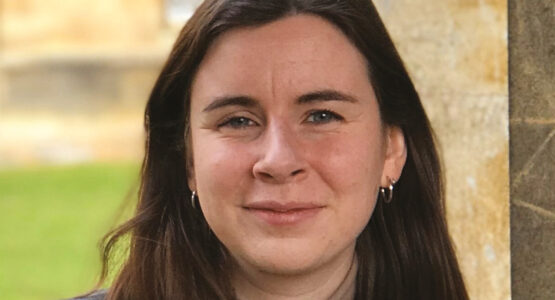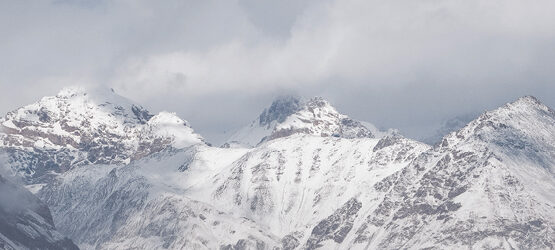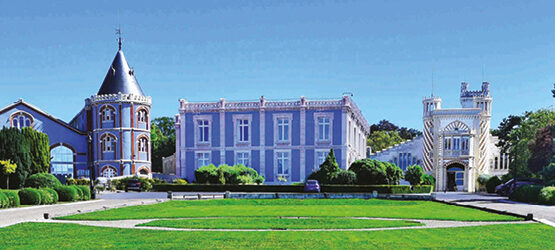With the launch of the new social spaces at St John’s in January 2023, we have also been pleased to unveil an exhibition in the café of photographic portraits of some of the College’s path-beating alumnae.
The group includes women who were among the first female Johnians to reach key milestones in their chosen fields: MP, Liberal Democrat Sarah Teather (1993); King’s Counsel Annabel Darlow (1988); Professor, Sarah Stallebrass (1982) of City, University of London; and Ambassador, Fiona McIlwham (1992). Writer Justina Kehinde Ogunseitan (2011) directed the University’s first all-black women’s theatre production, Hannah Carmichael OBE (2003) combines senior Civil Service roles with running the first social enterprise focusing on people living alone, Julia Fan Li (2008) transforms the way new medicines are discovered at her biotech firm and yachtswoman Sam Davies (1993) is currently training for her fourth Vendée Globe solo race around the world.
The photographs were taken by award-winning photographer Kate Peters.
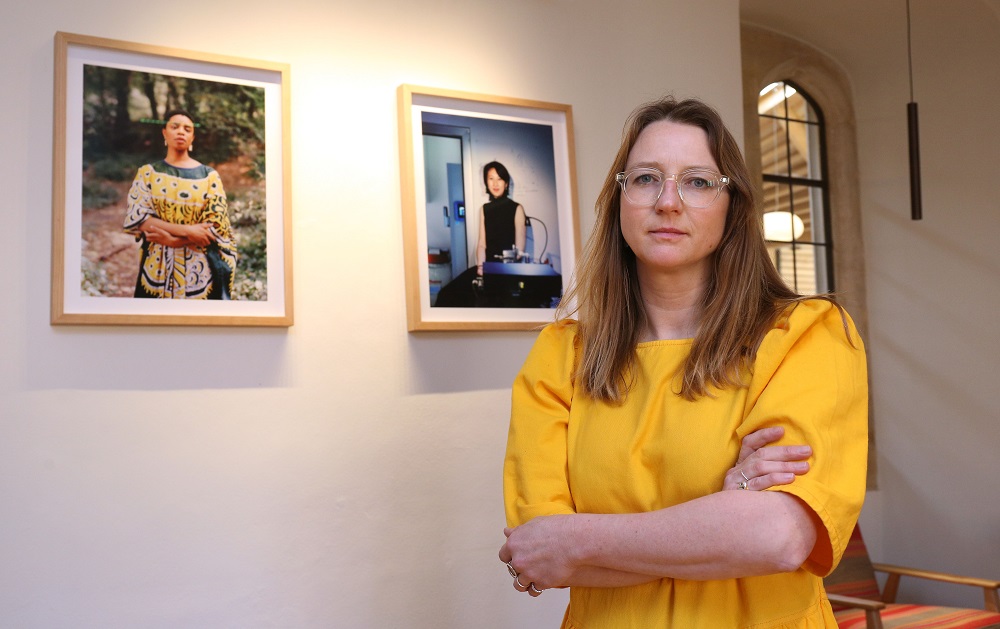
We asked Kate a few questions about the creative process.
Tell us a little about your personal approach to photography?
I primarily shoot portraits, working on personal projects alongside commissions and editorials. What I love about being a photographer is how it enables interactions; it’s an excuse to make connections and to have conversations with interesting people from all walks of life. No two days are the same and I feel incredibly lucky to call photography my profession.
What most appealed to you about this project?
This project is a great example of what I love most about being a photographer. Working with this fantastic group of pioneering, inspirational women led to some interesting conversations regarding worlds I previously knew nothing about. It was a real privilege to meet and photograph each of them.
What was the biggest challenge with this series?
The biggest challenge, aside from trying to co-ordinate the schedules of lots of busy people, was finding the right location to situate the women in. Locations that were relevant, that perhaps hinted at their story, but werenʼt too dominant. There was an amazing geotechnical centrifuge at Sarah Stallebrass’ lab, and that was very alluring from a photographic perspective but it would have taken the emphasis away from Sarah. Finding the right balance and getting the best out of the different workplace locations was the most challenging aspect, but this problem solving is another part of what makes photography so enjoyable for me.
What makes a good sitter?
Everyone is different and there’s not really something that makes someone a good sitter. I am very used to hearing the phrase ‘I hate having my picture taken’. Some people are naturally more comfortable in front of the lens than others; it’s my job to help those who aren’t appear as if they are!
Two of our eight sitters, Fiona McIlwham (1992) and Julia Fan Li (2008) introduce themselves in their own words:
Fiona McIlwham (1992), MA Social and Political Sciences
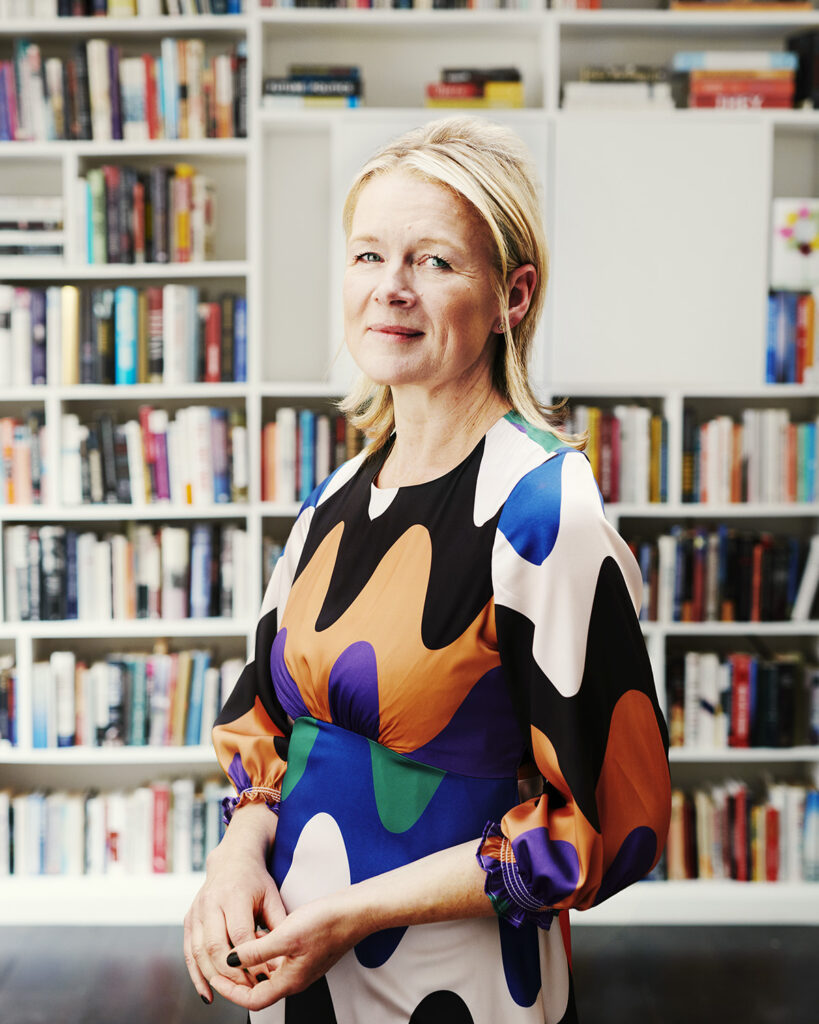
‘I joined the Foreign Office in 1998.
My first posting was to war-torn Sarajevo. International soldiers were patrolling streets and diplomats were trying to help restore the peace and rebuild a country. It was raw, personal, brutal, but also in a way a hopeful time. The war was over. It was a very activist, unconventional type of diplomacy, but one that shaped my diplomatic career.
From Bosnia, I went on to work in Iraq and in the Middle East, was seconded to the US government and European Commission, negotiated peace settlements in the Balkans, worked in the Royal Household and then ran the Foreign Affairs team at No 10, orchestrating the Prime Minister’s engagement on Ukraine, before returning to the Foreign, Commonwealth and Development Office. I’ve worked in war zones and crises, often in male-dominated environments, whether in Iraq or training with aspiring generals from around the world at our Defence Academy. Tirana in Albania felt pretty daunting as a young, female Ambassador in 2009. But I have learned that difference brings real power, a different perspective, a different voice and a different means to influence and shape things around you.’
Dr Julia Fan Li (2008), MPhil Biological Sciences and PhD in Engineering
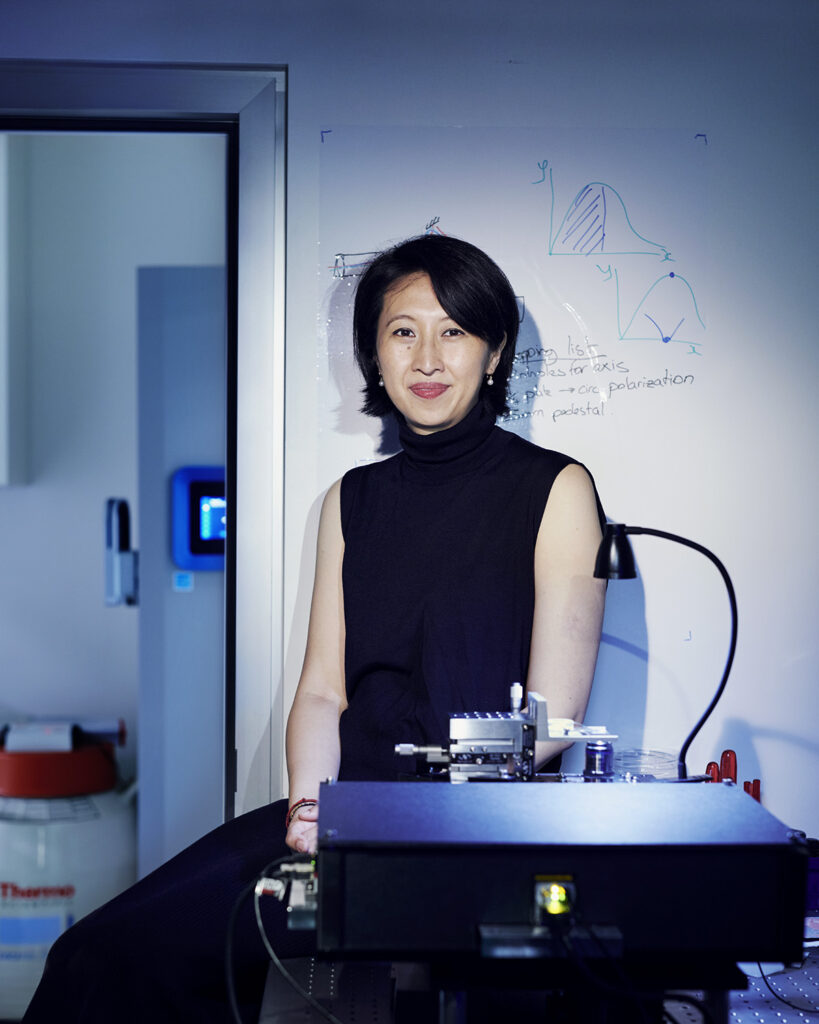
‘My PhD turned into the world’s first global health investment fund for diseases that disproportionately affect developing countries.
Now, I’m co-founder and CEO of Micrographia Bio. We are a London-based deep tech bio company, applying machine learning to microscopy, to open up a whole new world of what is known as spatial proteomics. Our bio imaging platform is named ADA, after Ada Lovelace. It gives us the ability to see, or to visualise, protein-to-protein interaction networks inside human cells at a scale that has never been seen by human eyes.
Within our cells, there are over 20,000 proteins in action, and these are really the workhorses that determine healthy versus disease states. When you have a disease, it’s most likely that some of your proteins are malfunctioning, so we’re looking for drugs that can reverse that malfunction. The ability to see hundreds of proteins at the same time enables us to find disease signatures that can match drug signatures and hugely accelerate drug discovery.’
You can view all eight photographs in situ in the new College café. All the women featured in the series took part in accompanying interviews, which can be read in full on the exhibition webpage: joh.cam.ac.uk/portrait-exhibition-unveiled-new-cafe-heart-st-johns-celebrate-life-and-work-women

